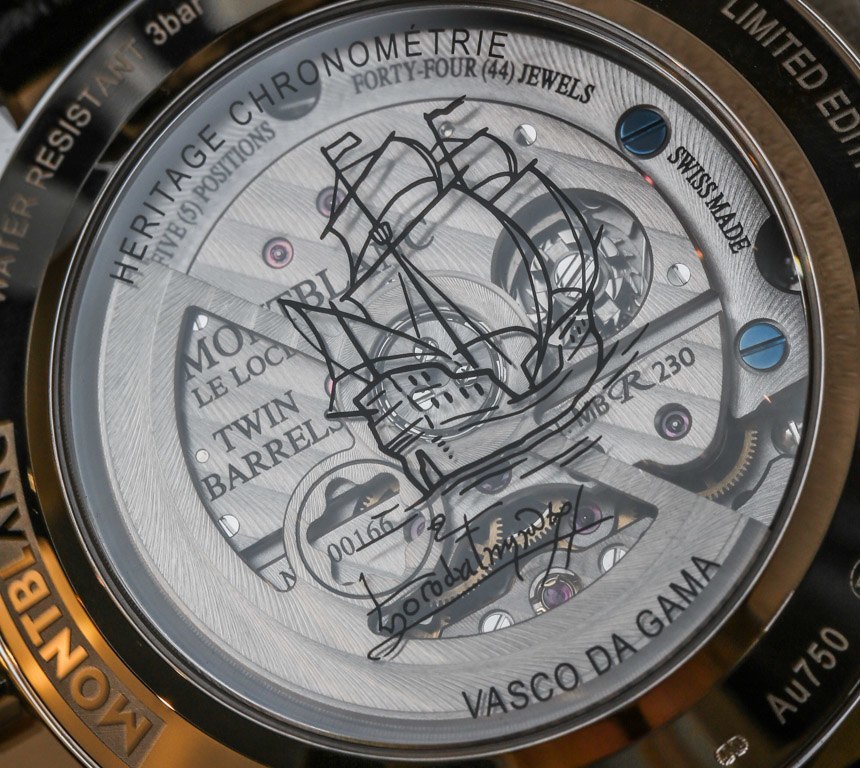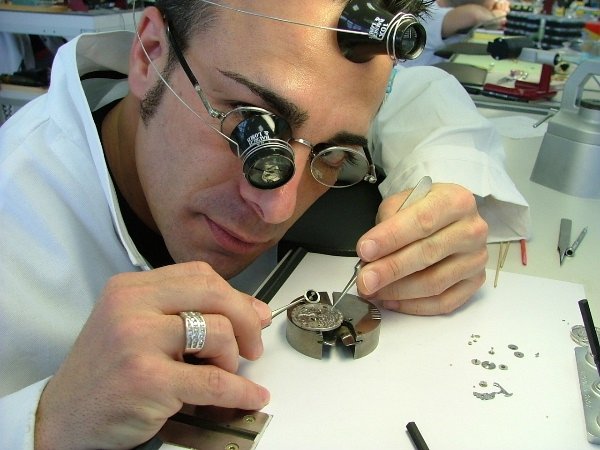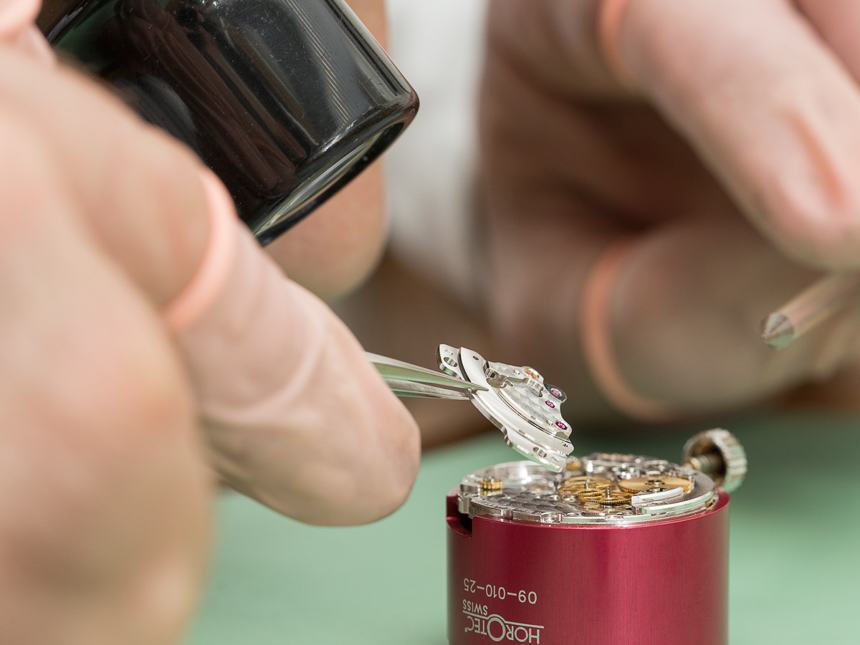
It isn’t easy being an enthusiast and customer of precious timepieces. In addition to dealing with the fact the rest of the world mostly doesn’t understand your frivolous-seeming yet authentic passion, you must cope with a universe of self-satisfying luxury brands, pretentious fellow collectors, and stuffy atmospheres that feel worse than the most conservative work functions – despite that people are there to enjoy celebratory items (watches). Being a watch lover and collector is a regular uphill battle with the real carrot on the end of the stick being the prospect of owning a stable of beautiful lifelong-lasting timepieces.
If we agree that buying a good watch from a decent brand is the endgame (no matter how many times you repeat it) for most who are interested in quality timepieces, then let’s explore what I think are ten (in no particular order) of the most annoying things that piss off watch collectors in ways that seem to needlessly get in the way of our otherwise enjoyable horological pursuit. If you haven’t come across and become irritated by at least a few of the following issues, then you clearly haven’t purchased enough watches yet.

Brand Ambassadors
I’ll start with a tricky one because brand ambassadors (paid or otherwise compensated “celebrities” who wear a brand’s products and are involved in at least some aspect of their marketing strategy) often do result in net gains for a brand from a business perspective. With that said, brand ambassadors are designed to attract new customers to a brand in ways that often leave existing fans feeling alienated.
Brand ambassadors rarely accurately mirror a brand’s true personality. Rather, these paid personalities are often an extension of someone’s ego who wants the brand to borrow from part of the personality those individuals often have created in the entertainment and fashion press (and in the eyes of the general public who follow those publications). The problem is further compounded that, in many instances, fans of a watch brand have no interest in most entertainment or fashion press because they are generally male and of a certain age as to have more or less bypassed or graduated from those forms of media.

When you purchase a watch, you also purchase the brand. The most successful traditional watch brands also have long histories so as to illustrate a personality that was formed naturally over the course of many generations. These stories appeal to customers who are presented with so many choices that they end up buying watches from a brand whose perceived personality they most relate with. Given the sophistication usually required to appreciate mechanical watches in general (not to mention the keen social and business skills that helped those customers obtain the funds necessary to purchase those watches in the first place), most watch consumers are able to see right through fallacious or constructed brand personality traits such as those derived from hiring what is essentially a paid model (who may or may not even remotely be likable or relatable to a brand’s foundation of dedicated fans).

Choosing a brand ambassador is a notoriously tricky move which often requires first an ego and then an ample budget. Watch collectors’ enthusiasm for brand ambassadors is dealt its final blow with the realization that the better the brand ambassador, the more money they are likely to be costing the brand. Such budget inflation is no doubt a strain on already tight marketing budgets, and this tends result in price increases. Thus, a watch brand’s core of loyal consumers are eventually asked to pay more money just to be part of a brand whose new contrived personality loan isn’t something they wanted in the first place (and whose payment they most likely feel should be dedicated to product research and development).

Faceless Organizations
Fine timepieces have been compared to or sold alongside fine art for quite some time, and for good reason. Like art, timepieces are often judged by the quality of their technique as well as their provenance. When you buy art, often times you are really buying an artist. Thus, the most successful art of all time is almost always linked to a successful art personality (the artist).
This is often the same in watchmaking, and for that reason, the majority of brands who produce high-end watches do so with the name of one person on the dial. That person is often the founder or founders of that company even if they and their family relations to the manufacture of those watches has long since expired. With that said, most large luxury watch companies are for the most part totally faceless, with no specific figurehead or lead personality running the brand outside of a few select exceptions.

Alternatively, smaller independent watchmakers have become successful over the last few years despite their high prices and lack of marketing because collectors have discovered the personalities who are behind the production of those products and have connected to them. Each a skilled artist or creative director in their own right, the masters behind today’s best independent watchmakers have developed a cult following because of their focus on a particular aesthetic and the development thereof.

Contrary to a focus on an innovation-leading personality (often the founder or actual watch maker) large watch brands shy away from promoting any one particular personality, instead opting to celebrate the lives of long-since deceased historical figures whose true lives and personalities are given little attention. They merely exist as romanticized symbols of a lost age where mechanical improvements on time keeping devices was part of their daily lives (lives that would bring utter glory to the life of an extreme Luddite today).
The preservation of history and tradition is no doubt important in explaining the context of watch appreciation and the history of technology, but it has proven to do little when it comes to engendering loyalty or interest in a brand today. Watch companies serious about showcasing the true art of their contemporary products are remiss in operating faceless organizations whose personalities exist in text and drawings alone.

Further, watch collectors are quick to see through the farce shared by many brands that the company’s current work is merely about perpetuating artistic techniques also practiced by the brand’s founder. If successful, this would add logical integrity to the idea of the brand’s products that are made today as being connected to their historic ancestors – and thus obviate the need artists face today. More accurate would be the notion that watch collectors want to feel a connection with the actual human being who works on their specific timepiece and whose craft can be directly traced to a single person’s hand. Despite fears of a watch brand’s fans connecting more with a single watchmaker versus the brand that employs him or her, watch companies today should weigh that risk with the potential cohesion fans derive from connecting with one or more dedicated employees whose own talents can bring about a true sense of innovation that they so crave.

Total & Utter Hypocrisy
Speaking of innovation, let’s focus on the arguable “over-use” of that term. “Innovation” is second in its ability to annoy watch collectors only next to, perhaps, the term “luxury.” The term is so inapplicable to so much of its actual usage that I’ve heard people make the correction “Swiss watch innovation.” Innovation implies some type of evolutionary step or improvement in design and functionality as well as technical performance. There is very real “innovation” in the watch industry each year, but it is actually the exception to most instances when “innovation” is used to describe a brand’s activities or developments.

The real hypocrisy with the notion of using the term “innovation” all the time is that, in actuality, most watch brands want nothing to do with innovation. Really, innovation led horology straight out of springs and into electronics. Watch brands today celebrate things like history, heritage, and tradition – all terms which most people will agree are antonyms of innovation. How then can a watch brand be innovative within a decidedly non-innovative environment? It just isn’t possible.

Most modern big-name luxury watch brands operate like a huge boat without a rudder. Their mission is to boldly go forward in doing the same thing without ever appreciably straying from the course. Some brands take to this task well, such as Rolex – who, while producing the same watch models over and over again, have at least taken it upon themselves to make improvements in those products over time. Other brands reject natural evolutionary design or technical changes as a breach of their duty to “preserve” the status of the brand as much as possible.

Thus, “innovation” is actually the enemy of the watch industry, for the most part, and is only accepted begrudgingly and after much resistance. Why, then, would a watch brand go so far as to publicly announce, either directly or via marketing metaphor, that they are proponents of innovation when they so clearly are not? This type of mentally perplexing hypocrisy pisses off watch collectors because it indicates a disconnect between the people running a watch brand’s communication arm and what the watch brand is actually doing.
